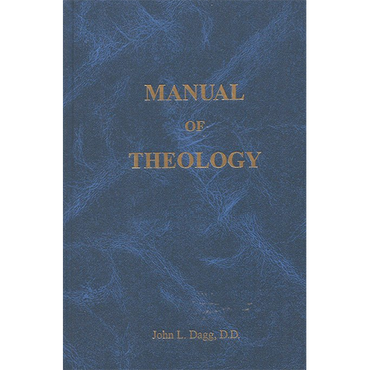Manual Of Christian Reformed Church Government Comparison
Official Logo of the Christian Reformed Church Abbreviation CRCNA or CRC Classification Orientation Theology Region, Headquarters and Origin 1857 Founded by Dutch immigrants; split from the Separations 1924–26; 1988; 1996 Congregations 1,090 (2015) Members 235,921 Official website The Christian Reformed Church in North America ( CRCNA or CRC) is a in the and. Having roots in the churches of the, the Christian Reformed Church was founded by Dutch immigrants who left the in 1857 and is theologically. Contents • • • • • • • • • • • • • • • • • • History [ ] The Christian Reformed Church (CRC) split from the (then known as the ) in an 1857 secession, which was in part the result of a theological dispute that originated in the Netherlands. In 1857 four churches with about 130 families (about 10 percent of the Dutch immigrant church members in West Michigan at the time) seceded.

In March, the Noordeloos church of the Classis of Holland left the Reformed Church in America. On March 19, some members of Second Reformed Church, Grand Rapids, organized a church that became First CRC, Grand Rapids, Michigan. On April 8, churches in Graafschap and Polkton also left the Classis of Holland.

Peter Borgdorff Manual of Christian Reformed Church Government 2015 Revision (Includes 2016 Updates). Manual Of Christian Reformed Church Government Comparison Father of the Reformed faith. This is the 37th (2016) edition of. DRUIDSThe Celtics had priests called druids. On October 3. 1, the druids went from house to house demanding certain foods, and all those who refused were cursed. The people were tormented by means of magic. # Manual of Christian Reformed Church government a schema:Book, schema:CreativeWork; library:oclcnum ' 48945965'; library:placeOfPublication; library:placeOfPublication. The Christian Reformed Church in North America (CRCNA or CRC) is a Protestant Christian denomination in the United States and Canada. Gpio I Business Banking on this page. Having roots in the Dutch.
Two ministers, Koene VanDen Bosch and Hendrik Klijn, joined the separatists, although Klijn returned to the Reformed Church six months later. The new denomination that formed from this secession was led by elders and ministers from the churches in the northern Netherlands that had organized after the in the Netherlands, although members of the new denomination came from all parts of the Netherlands. The reasons given for leaving the Reformed Church were the use of (versus only ) during worship, allowing free access to communion, lax interpretation of, and failure to provide catechetical instruction to young people. For the two years the denomination had no corporate name. In 1859 Holland Reformed Church ( Hollandsche Gereformeerde Kerk) was adopted, which was changed to Free Dutch Reformed Church (no record of a Dutch translation) in 1861. Two years later True Dutch Reformed Church ( Ware Hollandsche Gereformeerde Kerk) was approved which was changed to Holland Christian Reformed Church ( Hollandsche Christelijke Gereformeerde Kerk) in 1880.
Pdf Handbook Of Industrial Organization. In 1894 congregations also could use Christian Reformed Church ( Christelijke Gereformeerde Kerk) as well. The full adoption of Christian Reformed Church came in 1904, which became Christian Reformed Church in North America in 1974. In 1875, the denomination opened a theological school in Grand Rapids, Michigan. The Preparatory Department of the school became, while the Theological Department became.
By 1880 the denomination had grown to 42 congregations. Ten years later the number had grown to 100 located in 11 states. During the 1890s congregations from the True Protestant Dutch Reformed Church (located in New York and New Jersey) joined the CRC. During the 20th century a number of congregations from the disbanding German Reformed Churches also joined the CRC. By 1920 the denomination had grown to 350 congregations.
At that time an estimated 350,000 Dutch immigrants had come to the United States, most of whom were in the Dutch Reformed tradition that since the 1880s was influenced by, a Dutch Neo-Calvinist theologian, journalist, and statesman (he served as Prime Minister of the Netherlands, 1901-1905). He founded the Gereformeerde Kerken, a newspaper, the, and the Anti-Revolutionary Political Party. After the Second World War a new wave of immigration of Dutch Calvinists occurred this time mostly to Canada. During the 15 years after the war almost one-half of the denomination’s new congregations (138 of 288) were in Canada. During the early 1920s the CRC had adopted three doctrinal points regarding common grace.